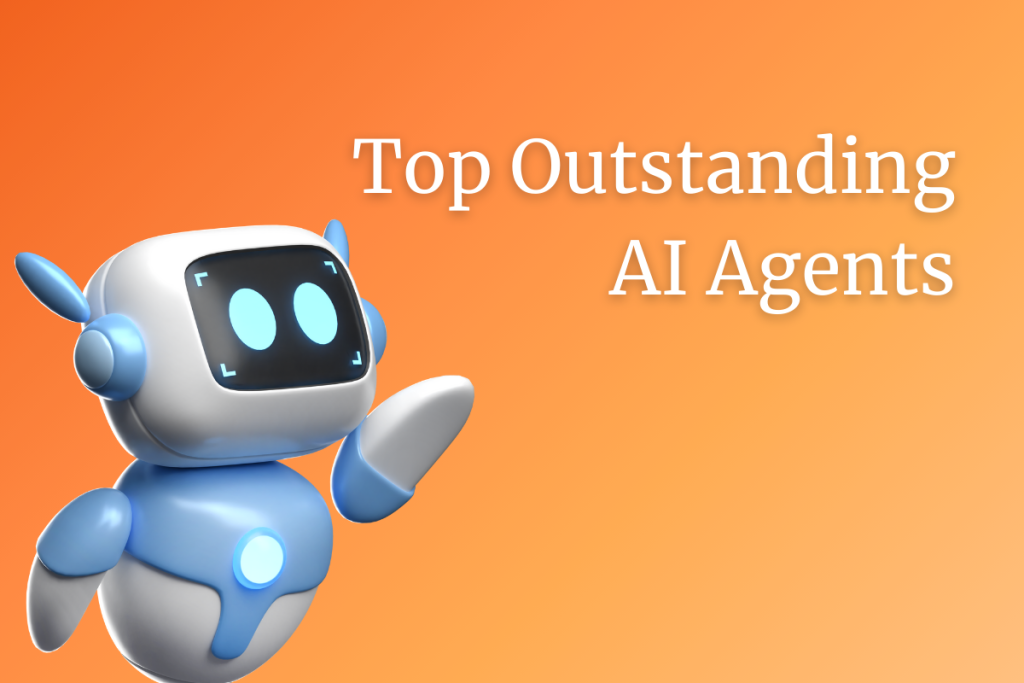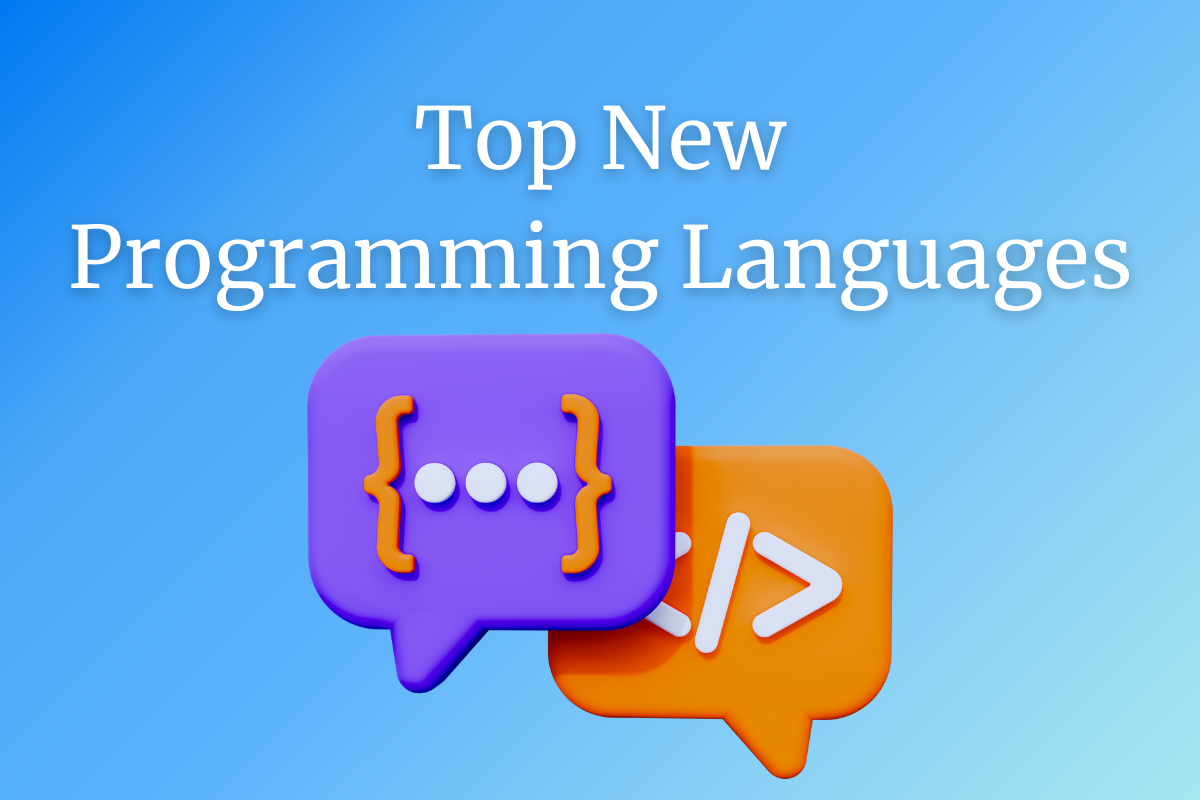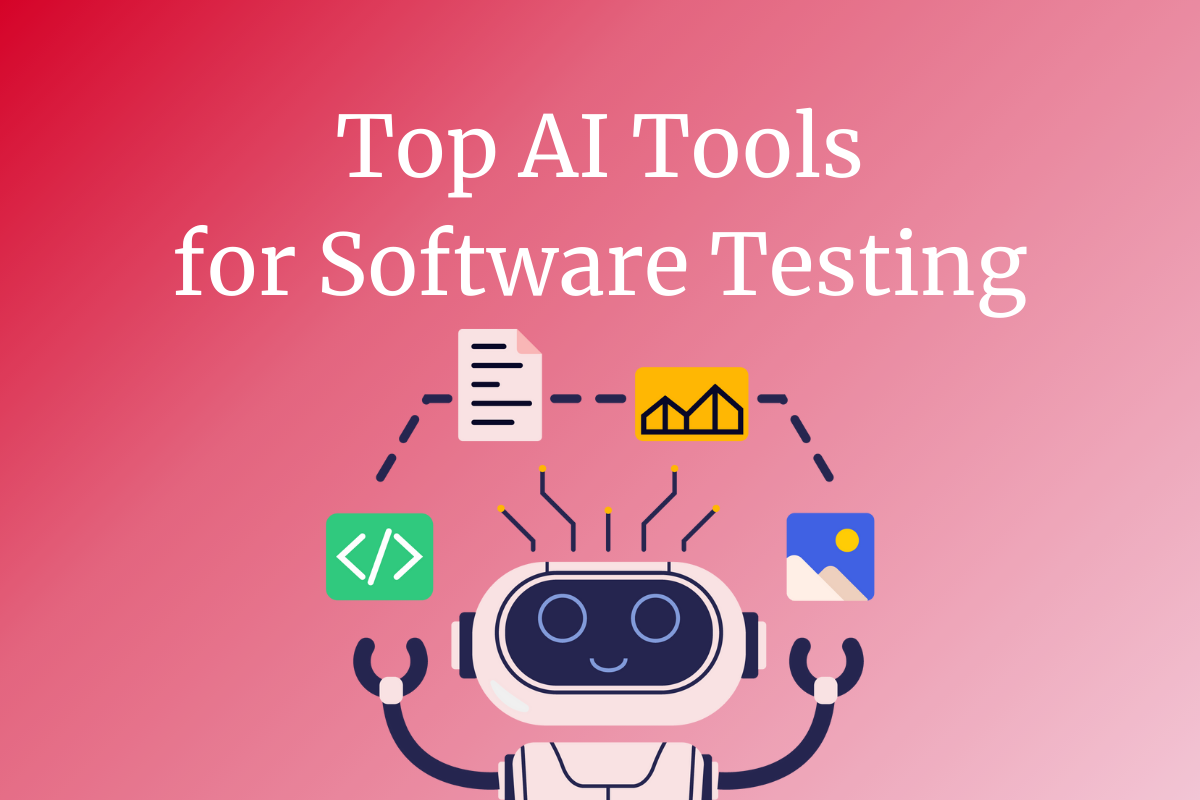As humans, we have been exploring and experimenting to expand and widen our knowledge of the full spectrum of the living earth. People continue to gather information and structure these scattered data to understand the surroundings better, aiming to make the best out of the circumstances. The limitation we humans have is our precious time, and we need to rest occasionally to recharge. Therefore, we must spend a certain amount of time and effort extracting insights to inform their decision-making processes.
That’s why embarking on the journey of incorporating Generative AI into different facets of enterprise operations triggers a significant transformation in how we harness data. This involves seamlessly integrating state-of-the-art artificial intelligence into various enterprise applications without any excessive disruption. How is that possible? This blog will answer that question, so let’s jump into it!
What is generative AI?
Generative AI stands as a category within artificial intelligence technology capable of producing diverse content types, including text, images, audio, and synthetic data. The recent surge in interest surrounding generative AI is attributed to user-friendly interfaces that facilitate the creation of high-quality text, graphics, and videos within seconds.
It might surprise you, but this technology isn’t entirely new. Generative AI made its first debut in the 1960s with chatbots. However, it wasn’t until 2014, with the advent of Generative Adversarial Networks (GANs), a machine learning algorithm, that generative AI achieved the ability to create convincingly authentic images, videos, and audio resembling real individuals.
Advancements in computational power and the availability of extensive datasets further propelled the progress of generative AI. As the technology matured, its applications expanded from image generation to intricate tasks in natural language processing (NLP), such as text generation.
The introduction of new generative AI models, such as OpenAI’s GPT series, marked a significant milestone in artificial intelligence, solidifying Generative AI’s prominence within the AI and data science community.
Generative AI can learn from existing data to generate new, realistic artifacts on a large scale, reflecting the characteristics of the training data without duplicating it. This technology can create novel content types, including images, videos, music, speech, text, software code, and product designs.
Generative AI utilizes evolving techniques, primarily relying on AI foundation models trained on extensive sets of unlabeled data adaptable to various tasks through additional fine-tuning. While creating these trained models demands complex mathematics and substantial computing power, they essentially function as prediction algorithms.
Generative AI commonly generates content in response to natural language requests, eliminating the need for coding knowledge or input. Nevertheless, enterprise use cases abound, spanning drug and chip design innovations and material science developments.
How does generative AI function?
Generative AI begins with a prompt, which can take the form of text, images, videos, designs, musical notes, or any input the AI system interprets. Diverse AI algorithms then produce fresh content in reply to the given prompt. This content may include essays, problem solutions, or lifelike creations generated from images or audio recordings of a person. The earlier versions of generative AI required data submission through an API or a complex process. Developers had to navigate special tools and craft applications using programming languages like Python.
Presently, innovators in generative AI are refining user experiences, allowing users to articulate requests in plain language. Following an initial response, users can further tailor the results by providing feedback on the desired style, tone, and other elements in the generated content.
What are the advantages and applications of generative AI?
AI architectural innovations, including foundation models like generative pre-trained transformers (which power ChatGPT), offer the capability to automate, enhance human or machine functions, and independently execute business and IT processes.
The benefits derived from generative AI encompass expedited product development, improved customer experiences, and heightened employee productivity. However, the specific advantages depend on the particular use case. Users should maintain a realistic outlook on the value they anticipate, especially when deploying a service in its standard form, which may have significant limitations. Generative AI produces artifacts that can be inaccurate or biased, emphasizing the necessity of human validation and potentially constraining the time saved by workers. Gartner advises aligning use cases with key performance indicators (KPIs) to ensure each project enhances operational efficiency or generates new revenue and improved experiences.
In a recent Gartner webinar poll featuring over 2,500 executives, 38% indicated that their primary objective for investing in generative AI is customer experience and retention. This was followed by goals related to revenue growth (26%), cost optimization (17%), and business continuity (7%).
The Influence of Generative AI on Businesses
As reported by McKinsey, one-third of organizations now regularly incorporate generative AI into at least one business function, with 40 percent of respondents expressing intentions to increase overall AI investments due to advancements in generative AI. The transformative impact of generative AI extends beyond task automation; it fuels the creation of new opportunities and inventive problem-solving in the business realm.
Generative AI primarily personalizes the customer experience by generating content or recommendations tailored to individual user behavior. This customization contributes to a more engaging and satisfying customer journey, fostering increased efficiency and, ultimately, facilitating business growth.
An exciting prospect of generative AI lies in its potential to democratize AI access. Tools such as OpenAI’s ChatGPT and DALL-E empower business owners with their APIs, paving the way for new avenues of innovation.
Integrating Generative AI into Your Organization
Artificial intelligence (AI) has revolutionized information handling, empowering decision-makers to scale, implement, and update machine learning (ML) and deep learning models. AI platform tools empower knowledge workers to conduct research, make predictions, and perform tasks with increasing speed and precision, marking the onset of a new era driven by AI.
The McKinsey Global Institute projects that emerging AI technologies will contribute up to USD 3.7 trillion in value in the manufacturing sector alone by 2025. Generative AI introduces an always-on coding collaboration, fosters new avenues for brainstorming, and facilitates credible self-education on various subjects. Its human-like ability to engage with customers and colleagues anytime and anywhere reshapes every facet of business operations.
Identifying the Optimal Domain for Applying Generative AI
Target areas where employees follow standardized routines and established processes. Generative AI excels in automating or expediting these tasks by synthesizing information from diverse sources and minimizing or eliminating manual data entry. This enhanced efficiency allows employees to redirect their focus toward higher-value, more creative, or strategic endeavors.
Generative AI catalyzes generating innovative ideas, breaking through writer’s block, and acting as a dynamic collaborator for experimenting with unconventional concepts. It can also sift through extensive datasets, producing insights that may be challenging or impossible for humans to extract, especially from unanalyzed data.
For example, in banking, Generative AI may propose inventive approaches to customer service or risk management, while in HR, it can contribute to crafting innovative employee engagement strategies to elevate the overall employee experience.
Assessing Technical Infrastructure for Generative AI
Once you’ve identified the suitable domain for implementing Generative AI within your enterprise, the subsequent step involves evaluating organizational preparedness. Successfully incorporating Generative AI necessitates a blend of skills, tools, and data governance to ensure a seamless transition. Define the value of your use case, establish key performance indicators (KPIs), and identify stakeholders, ensuring alignment with your unique business objectives.
Is Your Data Infrastructure Prepared for Generative AI?
Data must be centralized and optimized for effective AI applications. A company might have data dispersed across different back-end systems, making it crucial to pull in and correlate data to maximize value. Preparing the enterprise with the right, cleansed data is urgent, with tools, data governance, and guardrails playing pivotal roles.
Generative AI implementations should prioritize explainability, transparency, and ethical considerations. This is an opportune moment to establish guardrails and guiding principles. Platforms should monitor the accuracy of results and aspects like cost, latency, transparency, bias, and safety and ensure prompt monitoring.
Identification and Selection
Identify specific business needs that Generative AI can address, along with expected outcomes and measurement criteria. Consider available resources, budget, and technical expertise to assess your business’s readiness.
Then, choose the appropriate type of Generative AI application for your organization, factoring in your use case, the type and quality of your data, and the resources required for model training and deployment.
Consider Specific Personas
After determining the domain, identify job functions that would benefit optimally. Target roles that are challenging to retain and involve repetitive, dissatisfying tasks. Generative AI can enhance employee satisfaction, productivity, and retention by minimizing drudgery and encouraging strategic judgment.
Custom Generative AI Models
Custom generative AI models are trained on your company’s data, providing more nuanced and sophisticated responses specific to your industry and organization. These custom models enable AI to operate at an advanced level, mimicking human expertise in the field.
For instance, a chat support feature can be elevated with custom models trained on an entire repository of product release notes, technical documentation, and internal guidelines. Equipped with internal knowledge, the chatbot can assist customers in a way that’s beyond the capabilities of public models.
Custom models can be developed from scratch or built on existing open-source models.
There are two approaches to enhance an existing model:
- Fine-tuning: Retrain an existing model with specific weights based on your organization, utilizing internal data. Consequently, the model can respond with the same capabilities as ChatGPT but with greater specificity.
- Embedding: A less expensive option than fine-tuning, embedding yields a less refined result. It narrows the scope of the model’s responses and cannot respond to queries beyond its knowledge base. Embeddings, large vectors summarizing text, inject context into the model without extensive training.
Each approach has its merits, and whichever is the right choice depends on your use case. However, they all offer substantial advantages that are not achievable with generic public models. Custom models provide a robust competitive edge due to their ability to specialize and generate unique outputs based on your data.
However, the quality of outputs is contingent on the quality of your data. Strong data governance is crucial, as models without it may be ineffective, susceptible to hallucinations, or unable to respond. Therefore, organizations must establish a solid foundation before capitalizing on custom models, involving significant time and cost increases for those catching up.
Pros:
- Domain Expertise: Tailored to meet organizational and industry needs, delivering highly relevant and specialized outputs.
- Better Responses: Generates highly accurate and contextually appropriate responses similar to insights from human experts.
- Enables Monetization: Facilitates creating and offering unique, value-added services and products, driving revenue generation.
- Enhanced Security & IP Protection: Full control over generated content safeguards against IP theft or infringement. Enhanced data protection mitigates the risk of breaches or leaks.
Cons:
- High Upfront Costs: Costs increase with the volume of data.
- Requires Robust Data Governance: Effective data management is essential.
- Time-Consuming to Build: Developing custom models can be time-intensive.
Selecting the Right Generative AI Model for Your Purpose
Organizations must grasp the available model types to effectively leverage generative AI technology and align them with their unique objectives. While the potential applications are vast, each requires a distinct model and strategy:
Industry-Specific Applications
- Objective: Develop AI applications tailored to industry-specific needs, terminologies, and challenges.
- Recommended Model: Custom Model via Embeddings
- Rationale: Embeddings allow solutions specific to a business use case without the extensive cost and time invested in a custom model.
Quick Implementations
- Objective: Rapidly integrate AI capabilities to gain immediate benefits.
- Recommended Model: Public Generative AI Models
- Rationale: Pre-built and ready-to-use public models ensure quick implementation and usability.
IP Protection & Data Security
- Objective: Ensure the security of proprietary information and intellectual property.
- Recommended Model: Custom Generative AI Models
- Rationale: Custom models offer enhanced data security and IP protection, which are being developed and housed within the organization.
Automated Code Generation & Review
- Objective: Automate code writing and reviewing processes to enhance productivity and code quality.
- Recommended Model: Custom Generative AI Models are for special needs, and public models for general coding assistance.
- Rationale: Custom models can be trained with company-specific coding practices, while public models assist in general coding but may not adhere to company-specific nuances.
AI-Powered Testing
- Objective: Implement AI to automate testing processes, including unit, integration, and user testing.
- Recommended Model: Custom Generative AI Models
- Rationale: A custom model can be tailored to understand your software’s specific architecture and requirements, leading to more accurate and efficient testing.
Personalized User Experiences
- Objective: Enhance user experience by offering personalized features, recommendations, and interactions.
- Recommended Model: Custom Generative AI Models
- Rationale: Custom models can process and analyze user data to provide highly personalized experiences aligned with user preferences and behaviors.
Content Generation
- Objective: Generate diverse content at scale.
- Recommended Model: Depends on the specificity and quality needed.
- Rationale: Public models are sufficient for generic content, but for specialized, high-quality content, custom models are preferable.
Customization & Flexibility
- Objective: Achieve highly customized AI solutions aligning with specific organizational needs and objectives.
- Recommended Model: Custom Generative AI Models
- Rationale: These models can be tailored and fine-tuned to meet the unique requirements and constraints of the organization.
Scalability & Performance Optimization
- Objective: Optimize software performance and ensure scalability to handle increased user load.
- Recommended Model: Public for basic optimizations, Custom for intricate, system-specific optimizations.
- Rationale: Custom models can offer detailed insights and solutions based on the specific software architecture and user base.
Security & Fraud Detection
- Objective: Enhance software security protocols and detect fraudulent activities in real time.
- Recommended Model: Custom Generative AI Models
- Rationale: Custom models can be trained on company-specific data and patterns to effectively identify and mitigate security threats and fraud.
Feature Development
- Objective: Rapidly develop and deploy new features to meet user demands and market trends.
- Recommended Model: Custom Generative AI Models are for specialized features, and public Models for generic features.
- Rationale: Custom models allow the creation of unique, innovative features, while public models can be used for general, non-specialized feature development.
As every organization has unique needs and standards for protecting proprietary information, consulting with a generative AI expert can guide you to the most suitable decision.
Getting Started with Generative AI
Unlocking the potential of Generative AI presents transformative opportunities across various industries. Integrating Generative AI into support systems elevates employee experiences, reshaping traditional approaches. A cutting-edge customer service solution fueled by Generative AI transcends conventional methods, significantly improving metrics like customer satisfaction (CSAT) while concurrently reducing support costs.
In the era of AIOps, Generative AI takes a proactive stance in preventing outages. It anticipates and identifies major incidents through automated root cause analysis, harnessing insights from ticketing platforms and comprehensive Monitoring, Event Logging, and Tracing (MELT) across infrastructure, applications, and services. Explore a range of Generative AI demos consolidated in one accessible location, and feel free to request a customized AI demo from the vendors explicitly tailored to your enterprise needs.
ContactContact
Stay in touch with Us








